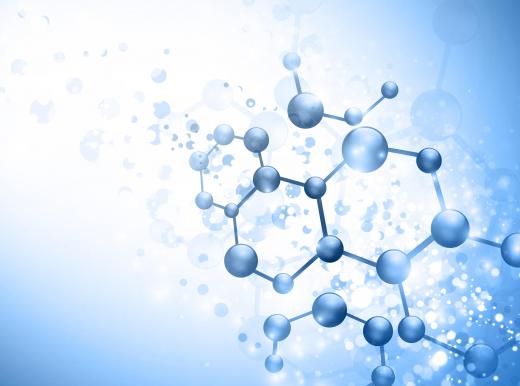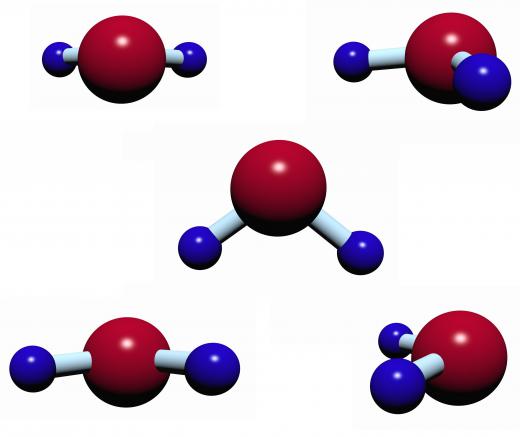What are Dipole Forces?
Dipole forces describe a form of interaction that can happen between molecules. Like magnets, molecules are often polar; they have positive and negative charges on different sides based on their molecular structure. The positive part of one molecule can attract the negative part of another, drawing them together. There are two different types of dipole forces; some are permanent and some last only for an instant. Both kinds have a significant impact on the interactions between molecules.
Temporary, instantaneous dipole forces are known as London dispersion forces. Electrons in atoms are very mobile and can align in such a way that a temporary dipole, or separation of positive and negative charges, occurs. When this happens to multiple molecules at the same time, brief attractive or repulsive forces can occur. This process is based on the probability that the arrangement of electrons in a given atom or molecule will exist in a specific way at a specific time. London dispersion forces, despite their relative rarity in individual atoms and molecules, are significant because the massive number of atoms or molecules typically present in a given substance nearly guarantees that at least some of them will be interacting through instantaneous dipoles.

Permanent dipole forces are known as dipole-dipole interactions or Keesom interactions and exist between polar molecules. A molecule tends to have a permanent dipole when it is composed of atoms that have different electronegativity values. Electronegativity is a property of atoms or molecules that describes their ability to attract electrons to themselves and form bonds with other atoms or molecules. When atoms with different electronegativity values bond and form molecules, they tend to have permanent, different charges on different parts of their structures. When molecules with permanent dipoles are near other molecules with permanent dipoles, there are many strong attractive and repulsive interactions between the polar parts of the molecules.

Hydrogen bonds are a third kind of intermolecular interaction caused by dipole forces and are another form of permanent dipole interactions. They can only occur between hydrogen and another atom, hence the name. The other atom can be oxygen, fluorine, or nitrogen. Hydrogen bonds are essentially a stronger form of dipole-dipole interactions.
Hydrogen bonds are likely the most important of the different kinds of dipole forces because of their effects on water. Water molecules are very polar because of their electron arrangements, and they tend to exhibit a great deal of hydrogen bonding. The hydrogen atoms on one water molecule can interact with oxygen atoms on other water molecules. This degree of attraction gives water many of the properties necessary for its vital role in Earth's environment, such as cohesion and a high boiling point. It takes a significant amount of energy to overcome hydrogen bonds, which lends to a great deal of stability in an environment that is primarily made up of water.
AS FEATURED ON:
AS FEATURED ON:












Discuss this Article
Post your comments